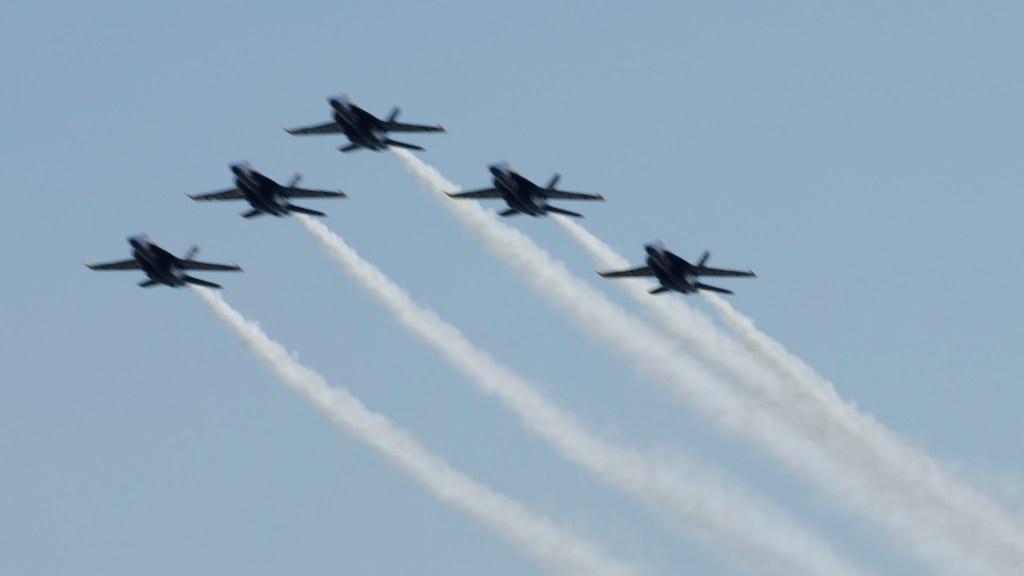For nearly two decades, the U.S. Air Force (USAF) has flown its MQ-9 Reaper drone in and out of traditional runways at bases worldwide. The unmanned aerial vehicle (UAV), based on the earlier Predator drone, is designed primarily for intelligence, surveillance and reconnaissance (ISR) missions and precision strike capabilities.
However, as the USAF continues to modernize in the face of Great Power Competition, leadership is exploring operating the MQ-9 out of more austere and remote environments. Crews recently tested that idea during an exercise known as Reaper Castillo at the Melrose Air Force Range in New Mexico.
From Nov. 4 to Dec. 18, MQ-9s, flown by pilots and sensor operators at Hurlburt Field, Florida, would land their UAVs 1,100 miles away on a dirt landing strip in eastern New Mexico.
Ground crews would then refuel and rearm each aircraft for its next flight. The goal was to validate the MQ-9’s ability to operate in austere environments, including dirt-strip landings for a rapid relaunch.
“The MQ-9 is extremely relevant in today’s fight and will be in the future as well. It allows us to go places and do things that we cannot risk sending manned aircraft – such as high-threat environments.”
65th SOS MQ-9 evaluator pilot and exercise mission commander
Lt. Col. Kurtis Paul, the 65th Special Operations Squadron (SOS) commander, said the exercise will provide essential data and lessons for the next squadron to push the concepts even further.
“On its surface, Reaper Castillo 24 is an exercise created and executed by the 65th SOS. But in reality, it’s another step in Air Force Special Operations Command’s efforts to push MQ-9 operations beyond conventional means,” Paul said.
A mission commander whose rank and name were not provided said of the effort, “If we can free ourselves from the traditional mindset, it will make the MQ-9 combat reach nearly limitless.”

